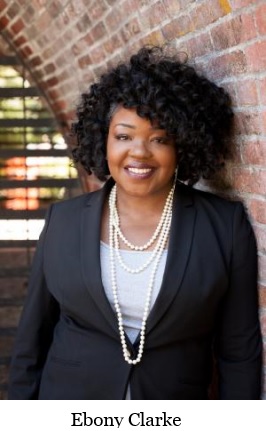Providers report increased use
In November 2020, Oregon voters passed Measure 110, the Drug Addiction Treatment and Recovery Act of 2020, to better serve people actively using substances or diagnosed with a substance use disorder. The Oregon Health Authority (OHA) says Measure 110 was in response to the high rate of drug addiction and overdoses in Oregon, and the disproportionate impact of those outcomes on Oregon’s communities of color. However, the ballot title was Drug Decriminalization and Addiction Treatment Initiative.
OHA says the goal for Measure 110 was to establish a more equitable health-based and effective approach to substance use disorder. Did voters know that was the goal of Measure 110 when treatment was not the sponsor's goal? Treatment was added as a cleanup for the decriminalization goal - moving convicted drug users into treatment centers, not to mention the additional addicted users due to the free movement of drugs. So, treatment providers must show an increase to just maintain the status quo of the number of untreated prior to Measure 110.
OHA recently released
Measure 110 providers report on the first three quarters ending March 31, 2023, showing a continued increase in the number of clients served statewide in all seven network service areas.
Overdose prevention and peer support services accounted for the largest client gains in the quarterly report.
- Providers reported more than 7,000 people received substance use disorder treatment -- a 104% increase
- Reports show more than 47,000 service encounters for people seeking substance use treatment, which is an increase of 134%
- Providers reported large increases in the percentage of clients served through employment and housing services (365% and 190% respectively)
- The number of people seeking substance use treatment increased by 126 percent for people identifying as Hispanic/Latino, Latina or Latinx, 49 percent for people identifying as Black/African American and 180 percent for people identifying as American Indian/Alaskan Native.
- The largest expenditures continue to be housing services at more than $8.7 million in the third quarter, representing the investment made in building new recovery housing across the state.
“It’s encouraging to see the reported client gains by Measure 110 service providers. It’s another sign that the statewide networks are taking hold and more people are getting treatment along with critically needed services and supports,” said OHA Behavioral Health Director Ebony Clarke.
OHA has developed a comprehensive
Measure 110 data reporting dashboard that includes quarterly data, expenditures, key demographic information, and aggregated narrative summaries for the 42 statewide service networks.
Also starting this reporting period, the dashboard will contain stories of how Measure 110 is working to save lives, support people in recovery, stabilize youth and families and help people find housing and employment.
A D V E R T I S E M E N T

A D V E R T I S E M E N T
The third quarter reporting shows that investments are trending away from the emphasis on capital expenditures and toward sustained treatment and recovery services.
The Measure 110 program continues to refine service data collection for communities of color and other disproportionately affected communities, as the networks transition toward implementing Race Ethnicity and Language Disability (REALD) standards in their data collection.
Providers report that even with expanded services, they have decreased wait times for accessing treatment. But, nearly 40 percent cited staff retention and recruiting as an ongoing challenge.
One provider cited an example of decreased wait times: “Our transitional home was opened, and we had immediate placement of one family, including a mother and her infant.”
The deadline for the next round of reporting due October 16 will cover the time between April through June 30, 2023. Hopefully in time for legislative review.
--Donna Bleiler| Post Date: 2023-10-15 21:14:21 | Last Update: 2023-10-14 23:02:09 |







